I just finished a fascinating, heartbreaking book by Laura Wagner– Hollywood’s Hard-Luck Ladies, another one of those offbeat, great, movie books published by McFarland & Company. It chronicles 23 Hollywood actresses whose careers and lives sometimes careened off cliffs. They are sad tales indeed, but author Laura Wagner’s book is meticulously researched and incredibly sympathetic to these poor souls. I have to admit many of their tragic stories I was unfamiliar with, but it made me want to track down their films and appreciate them on the silver screen when their lives were filled with hope and promise before bad luck, illness, self-destruction or disaster struck. Out of the 23 indelible portraits author Laura Wagner chronicles here are a few that tore at my heart.
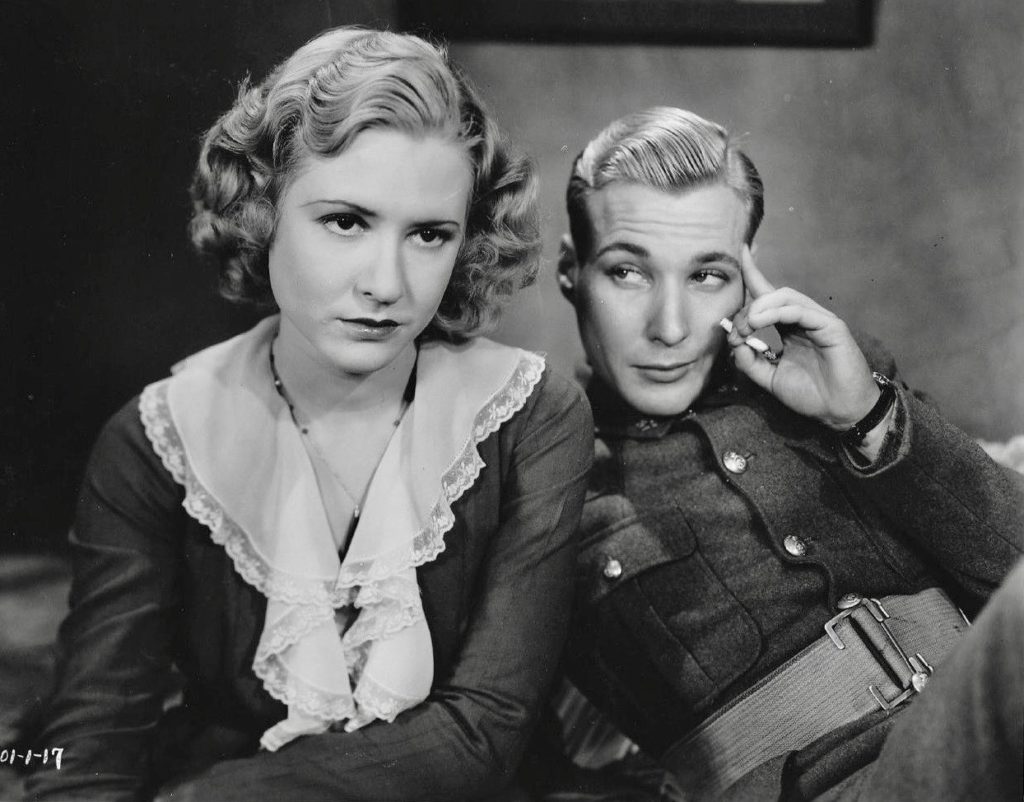
Mae Clarke. This incredibly talented actress who played such roles as the doomed prostitute in Waterloo Bridge and the doctor’s fiancé in Frankenstein will always be remembered for James Cagney shoving a grapefruit in her face in The Public Enemy. “This thing that took ten seconds to do has taken notoriety over my whole career. I might as well have never lived,” admitted Clarke.
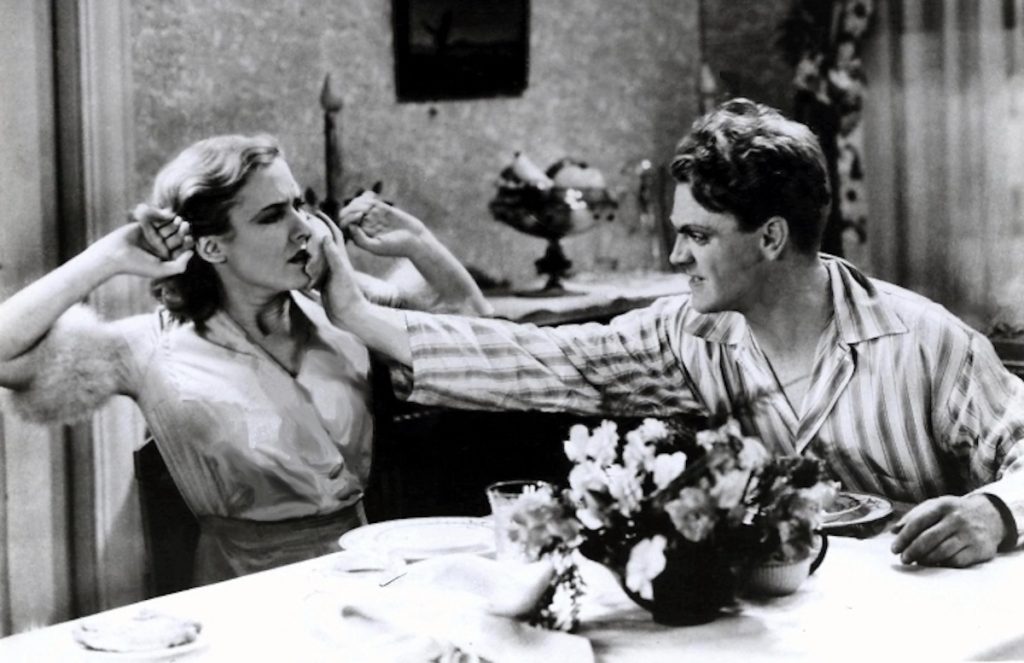
Mae started off as a hoofer in clubs and vaudeville. She was joined on stage in many of her shows with fellow dancer, and friend, Barbara Stanwyck. Anita Loos admitted to Earl Wilson that she based her Lorelei Lee character in Gentlemen Prefer Blondes on Clarke. Unfortunately, her movie career was often sidelined by nervous breakdowns and illness. In 1932 her family institutionalized her and she endured rounds of grueling electroshock therapy. She would return to movies, with contracts to such studios as Universal, MGM and Columbia, but then tragedy would strike again like an appendicitis operation and a severe car accident. “My jaw went straight forward onto the dash. Broke (my jaw) right in half, hanging down this way, spitting out teeth.”
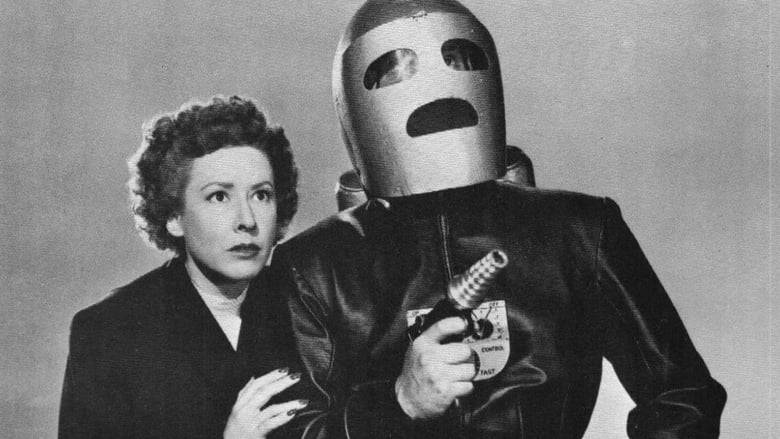
Talk around Hollywood was that she was a jinx and studios were hesitant to hire her, fearing she wouldn’t be able to complete films. She married a Pan-American Airlines pilot and moved to Rio de Janeiro hoping to “settle down to the strict duties of a housewife.” But in 1940 she filed for divorce and her attempts to get back into the movies resulted in less than stellar Republic serials like King of the Rocket Men and glorified extra work. Clarke continued to be in and out of sanitariums but did get TV work including a recurring role on General Hospital in 1963. Her hard-scrabble life brightened in 1980 when Clarke entered the Motion Picture & Television Country Home in Woodland Hills with other residents like Mary Astor, Stepin Fetchit and Regis Toomey. “Here I can walk outside and not be alone.” She died there at age 81 in 1991 after several bouts with cancer, hard-luck right to the end. Her passing was eclipsed by the Rodney King riots.

Susan Peters. In 1943 Variety called Peters “one of the finest young dramatic actresses to emerge from Hollywood in some time.” Born Suzanne Carnahan, while attending Hollywood High’s drama class she was spotted by talent scout Lee Sholem. But she lost out getting a role in Our Town after a bad screen test. Meeting director George Cukor got her a small role in Susan and God, which snagged her a contract with Warner Brothers. The Studio gave her a list of 50 stage names to choose from and she picked “Susan Peters.” Unfortunately, Warner Brothers released her from her contract in 1942 almost convincing Susan to go back to her original plans of becoming a doctor. She snagged a role in MGM’s Tish playing a young woman who secretly marries and dies in childbirth, which director Mervyn LeRoy saw and convinced him to cast her as Kitty in the Ronald Coleman/Greer Garson film Random Harvest. She got raves for her work in the film and even was nominated for a Best Supporting Oscar. She began an affair with married actor Richard Quine and had to wait until his divorce was final to wed him. A role in MGM’s Song of Russia won her much acclaim. In 1941 Peters was out duck hunting with her husband, his cousin and his wife. While retrieving a rifle the trigger caught on a branch and discharged a bullet that pierced her abdomen and lodged in her spine. The slug was removed at San Diego’s Mercy hospital but she was paralyzed from the waist down. A benefit was announced for her when MGM unceremoniously took her off payroll causing Louis B. Mayer to insist she be kept on salary. Peters always had faith she would walk again but it was not to be. She did a radio adaptation of Seventh Heaven with Van Johnson and admitted “I was pretty scared to face that audience in a wheelchair.” Promises for roles in movies never happened, and Peters continued to have fruitless operations to regain the use of her legs.
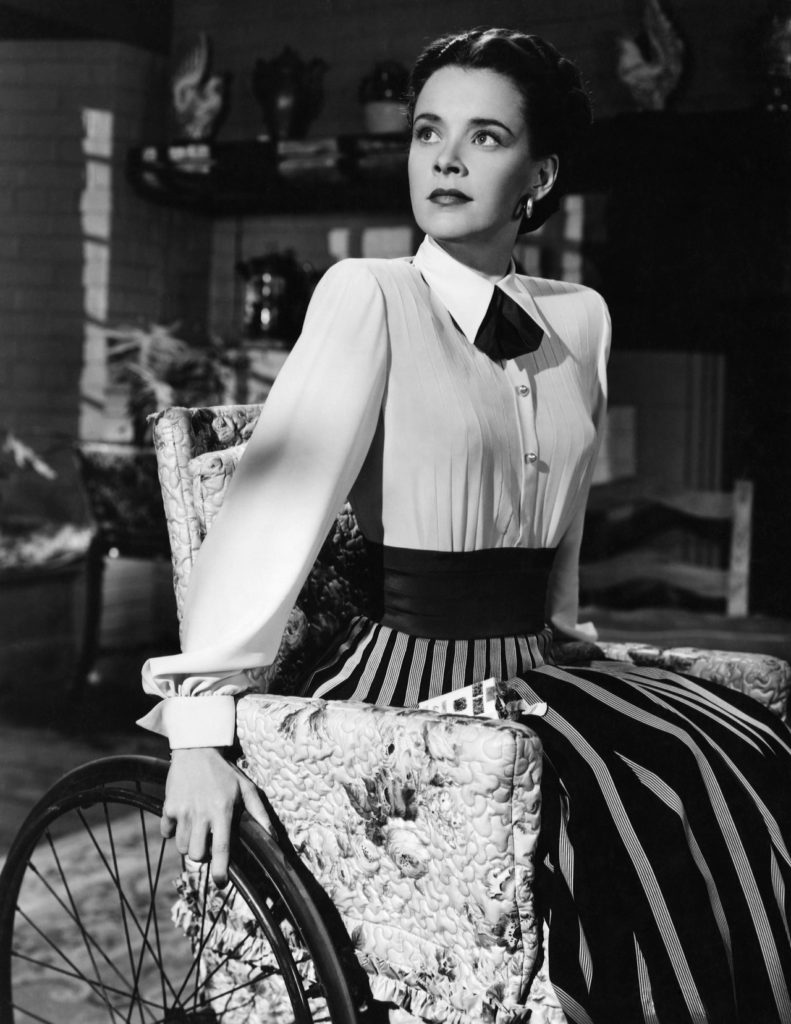
Offered boring roles of kindly women in wheelchairs Peters fought for the lead in the film The Sign of the Ram. And she is electrifying in it as a manipulative wife and stepmother who will do anything to keep her family in her grip. Outwardly she is a lovely, charming woman. But secretly she viciously plots and schemes behind everyone’s back. It was an astounding performance, but this portrait of an unsympathetic monster was not accepted by critics and audiences at the time. The film’s failure devastated Peters. She adopted a son but eventually divorced from Richard Quine and went to live on her brother’s ranch near San Luis Obispo. Against the advice of her doctor she toured with plays like The Glass Menagerie and The Barretts of Wimpole Street. She appeared on Ed Sullivan’s Toast of the Town TV show. She continued her arduous Barretts of Wimpole Street tour and received much critical acclaim. She remarried and suffered more operations followed by deep bouts of depression. She told her physician, “I’m getting awfully tired. I think it would be better if I died.” Death did come to the incredibly brave Peters at 31 from kidney failure and bronchial pneumonia. Days before her death she stopped eating and drinking, which probably contributed to her demise. As for her ex- Richard Quine, a day before his fifth wife’s birthday, the 68-year-old shot himself in the head with a shotgun, killing himself with the same rifle that paralyzed Susan Peters.

Susan Cabot. Sadly, the career of dark-haired beauty and talented star of The Wasp Woman is eclipsed by her tragic murder at the hands of her own son. Director Roger Corman even said, “I really felt that she was one of those people who should have had a major career, and for whatever reason, a career did not take place.” The strikingly beautiful Harriet Pearl Shapiro was born in Boston of Russian-Jewish heritage. Her childhood was a hellscape. Her father abandoned the family. Her mother was institutionalized. None of her aunts would take her and she was raised in several foster homes where she was emotionally and sexually abused. She married an artist to escape foster care and changed her name to Susan Cabot, beginning her career as a singer at Manhattan’s Village Barn. Susan’s movie debut was in the film noir classic Kiss of Death, also the film debut of actor Richard Widmark, partly filmed in New York. She was also making income from doing commercials and designing jewelry at the time. She was spotted by a casting director and given the lead as a native girl opposite Jon Hall in On the Isle of Samoa.
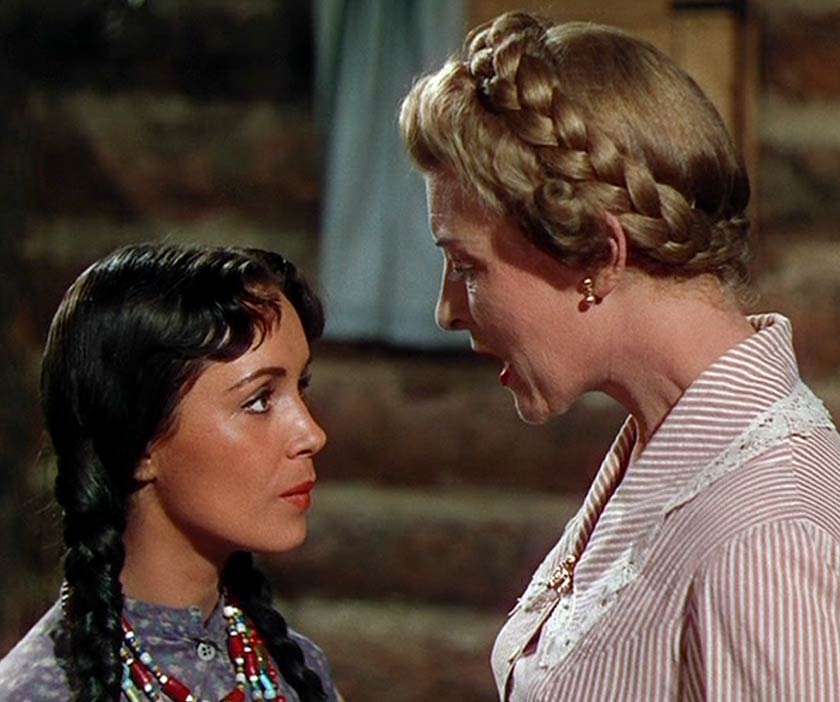
Universal Studios cast her as a Native American in Tomahawk, where she learned to speak her lines in Sioux. Warner Brothers cast her as a murder victim in The Enforcer. Unfortunately, she was typecast in movies as “dark, exotic little things.” She opted to leave Universal and moved to New York where she studied with Sanford Meisner and acted in theater.
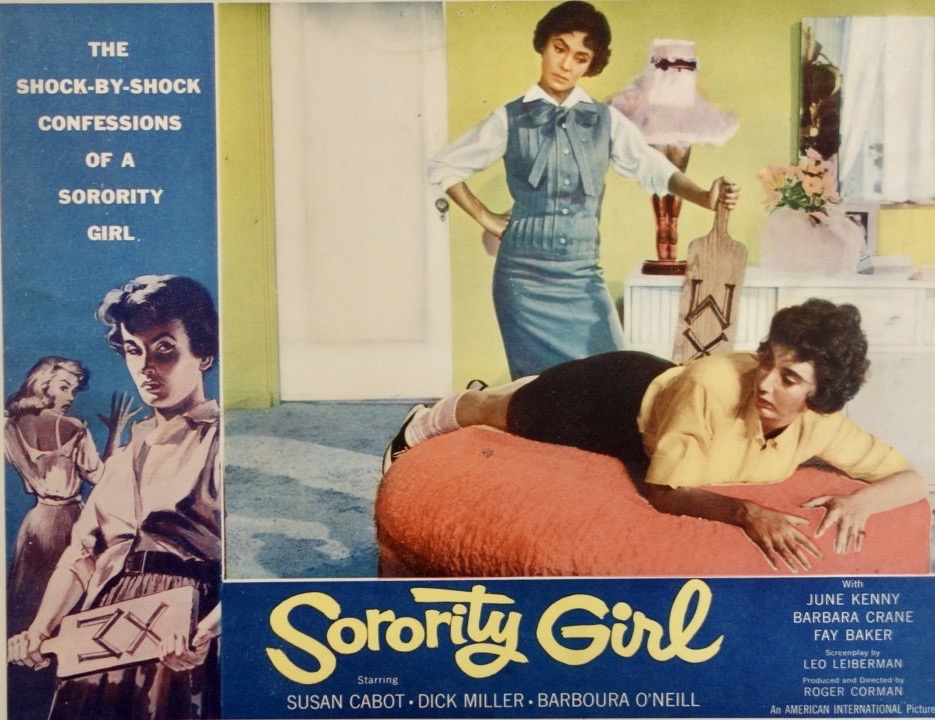
Her return to the film world luckily brought her into the orbit of maverick indie producer-director Roger Corman who immediately realized her potential and range and starred her in his fast-made B-films like Carnival Rock, The Viking Women Vs. The Sea Serpent, and Sorority Girl, where she brilliantly plays a manipulative, disturbed college student. She shone as the tough-cookie gun moll in Machine-Gun Kelly alongside Charles Bronson.
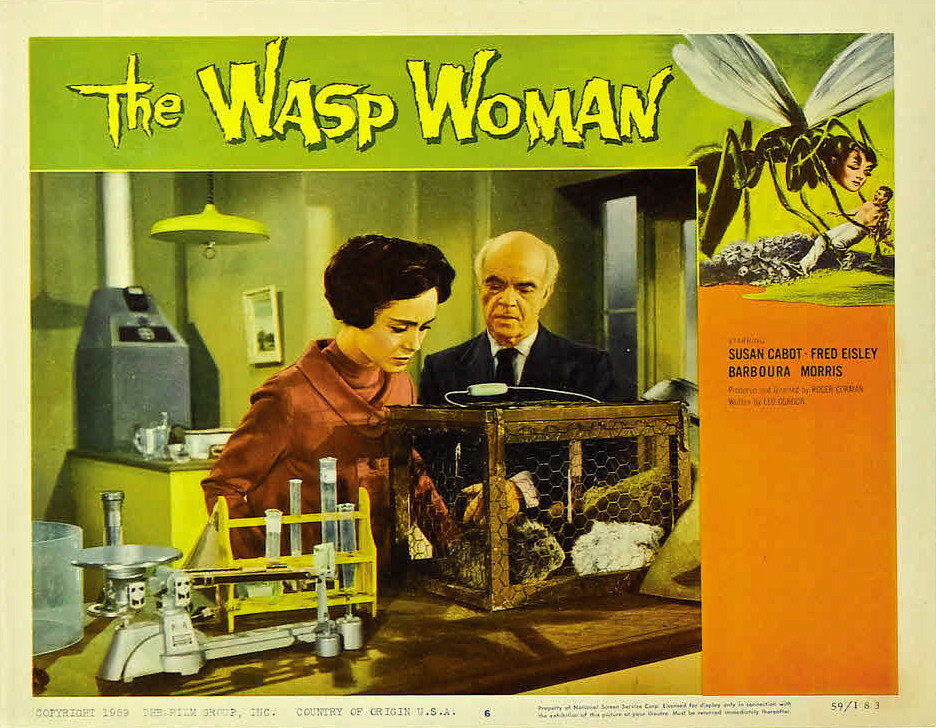
At the end of 1958 she snagged the role she would be best remembered for- The Wasp Woman, where she plays Janice Starlin, the aging woman at the helm of a cosmetics firm. She injects herself with serum from the royal jelly of a queen wasp and is transformed into a young and beautiful woman. But there are lethal side effects- she also is occasionally changed into a monstrous, blood-drinking, wasp creature. The wildly attractive Cabot gained much newspaper coverage when she began dating King Hussain of Jordan, who was visiting Los Angeles. She ached to return to New York and theater. “How many Wasp Womans can you do?” she told author Tom Weaver in an interview. After doing summer stock she suffered health problems and stayed out of sight, moving to England. She returned in 1966 with a son, Scott (aka Timothy) Wingate. She claimed her son was from a failed marriage to a British diplomat. The gossip was that the boy was the illegitimate son of King Hussain, who mysteriously sent $1,500 monthly to Cabot for years. She did marry Michael Roman, 15 years her junior in Las Vegas in 1968, and he legally adopted her son. Tragically young Timothy had been diagnosed with dwarfism and many experimental procedures were tried. Physically he did grow to 5’ 4 inches but suffered grand mal seizures and epilepsy. The treatments he endured were discontinued because certain batches were infected with a virus that cause degenerative brain disorders. Cabot and Roman divorced in 1981 and Timothy enrolled at Pierce College as an art student. He really got into weightlifting- the walls of his room were covered with Bruce Lee posters. His medications included steroids and his mother was overly protective of him.
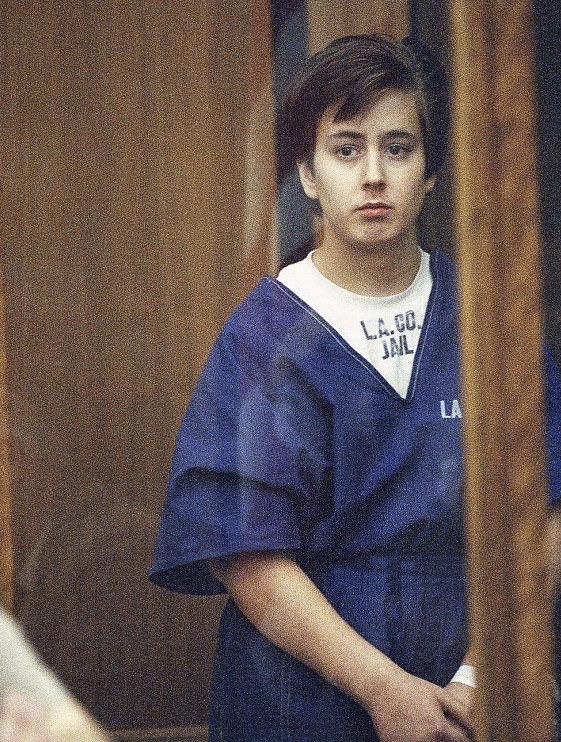
This still doesn’t explain why on December 10, 1986 he beat her to death in her bedroom with a weight-lifting bar. Timothy original told cops a ludicrous story about a ninja-like intruder who broke into their house. Eventually he broke down and admitted he had murdered his mom after an argument. In court Susan Cabot was painted as a faded, alcoholic, reclusive- an emotional wrecking ball. They described her home as a hoarder’s nightmare of filth and disrepair, which incensed writer Tom Weaver who had interviewed her many times over the years at her home and saw none of that. Cabot’s ex-husband Michael Roman told Tom Weaver that the stories about King Hussain’s monthly stipends were also untrue. “Whenever she needed anything, she’d call, and he would send some cash for her.” (Other rumors were that Timothy was fathered by actor Christopher Jones). There was a mistrial in Timothy’s case and was brought again to court in 1989, with two new lawyers who defended him by saying he was under the influence of mood-altering medications, Timothy was convicted of involuntary manslaughter, sentenced to three-years-probation and ordered to seek psychiatric counseling. Michael Roman and his mother were incredibly supportive and took Timothy in and his health was improved when his medication doses were lessened. But the effects of the growth hormone injections eventually caught up with him and he passed away in a nursing home in 2003. Cabot was buried in an unmarked grave at Culver City’s Hillside Memorial Park but mercifully a petition went through to place a plaque on her graveside. It simply states “Susan Cabot Roman 1927-1986.”
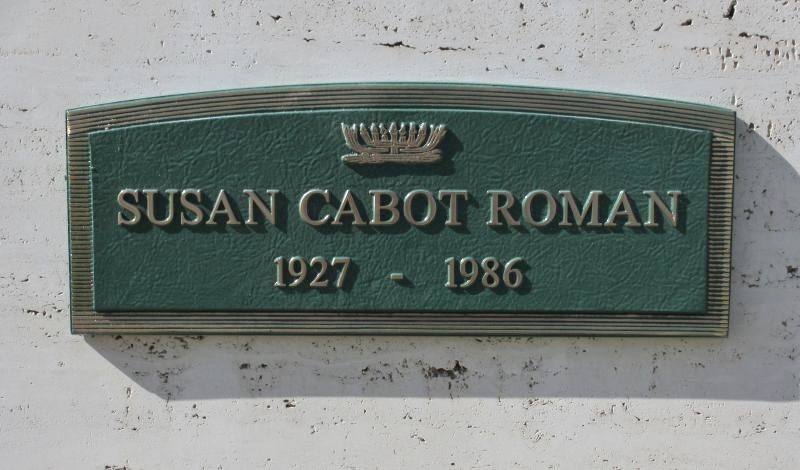


Great article!
These are, indeed, tragic stories of women maligned, ignored, and ultimately destroyed by their desire to become stars within a horribly misogynistic system. The saddest of all is Susan Cabot Roman, beat to death by her own son. Wow. Thanks for this insight into that secret Hollywood.